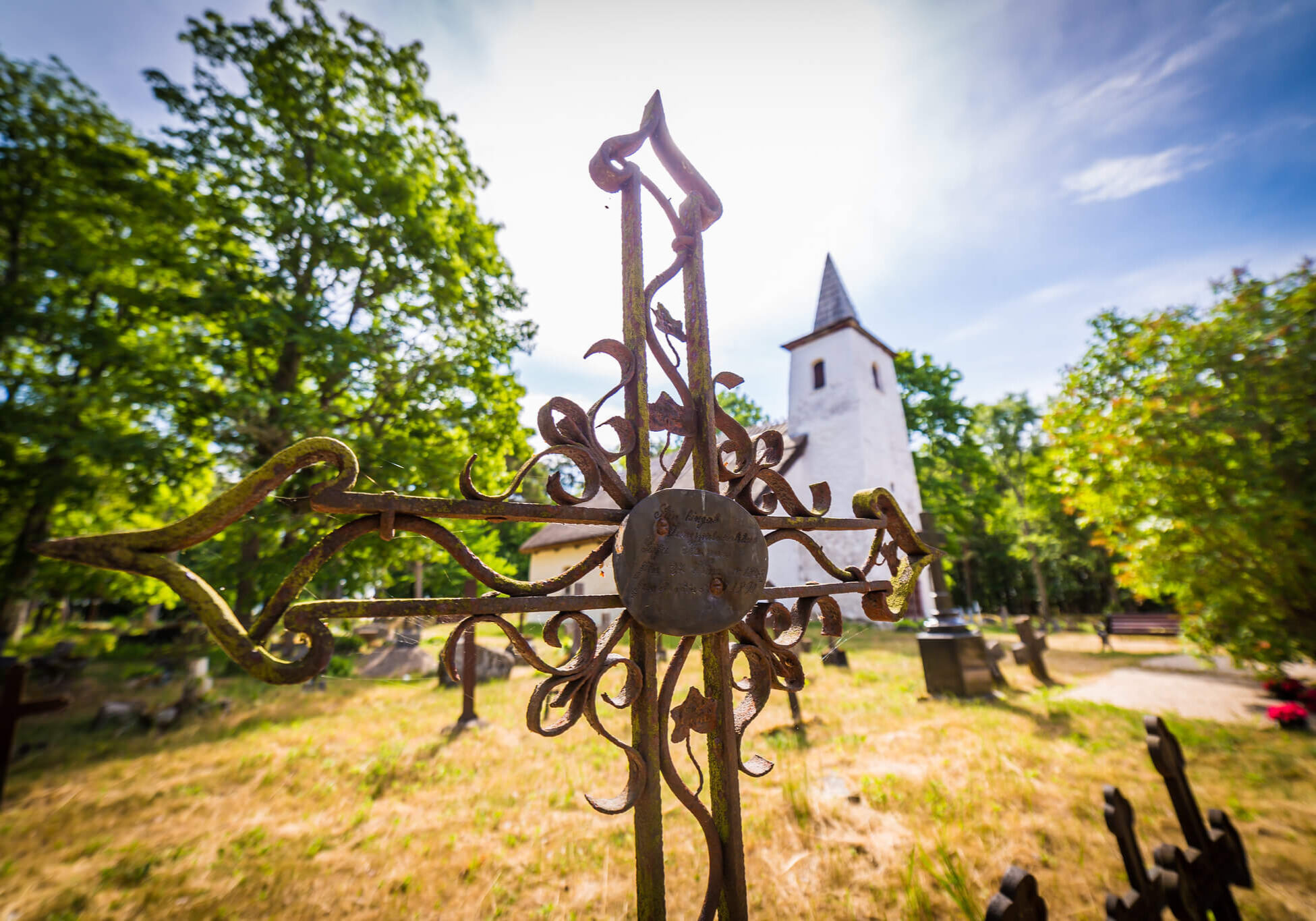Following the great figures

Small Hiiumaa has offered the world many greats, such as composer Rudolf Tobias, artist Ülo Sooster or writer Evald Mänd (Ain Kalmus). There are many other creative people who were born, lived, created or rested on the island, and we all have something to learn from them. Find their footprints, their creations and their thoughts!
The route includes the following stops:
See other routes
Hiiumaa is a nature lover’s paradise. Almost 70% of the island is forested, some of which is now very scarce under virgin forest. Plants, animals and birds that are rare in Estonia can also be found on beaches and in meadows. Meteorite craters, hundreds of millions of years old, are an attraction, as are boulders and rock caves. Freshwater springs, deep karst caves and special coastal lakes offer additional experiences. Start the tour!
Not all of us are born sailors, but you can get a small taste of the maritime life by travelling around the world. Especially, of course, if that land is the island of Hiiu. Why were lighthouses built, how are harbours developed, when did iron ships replace wooden ones and are there still fish in the sea? Keep in touch with the sea and you’ll learn a lot about it.
With its peninsulas, Hiiumaa clearly stretches towards the main cardinal points. To the north lies the Tahkuna Peninsula, with its beautiful nature and rugged history. There, you too can move around the former Siberian-Swedish territories, exploring the 20th century. traces of the wars of the 19th century, visit the small Orthodox chapel and cemetery and climb to the top of the highest lighthouse in Hiiumaa. There can be other surprises by the sea and in the forests. Stay awake!
People around the world are increasingly moving to cities. But only well-functioning villages can sustain rural life. Indeed, there is only one small town on the island of Hiiu, Kärdla, but over 180 villages. The story of how each village came to be and the sequence of events is different. But it’s exciting to search and find what catches their eye today. Whether it’s a preserved windmill, an old manor house, the story of a great man or a modern business in operation. Start looking and experiencing!
